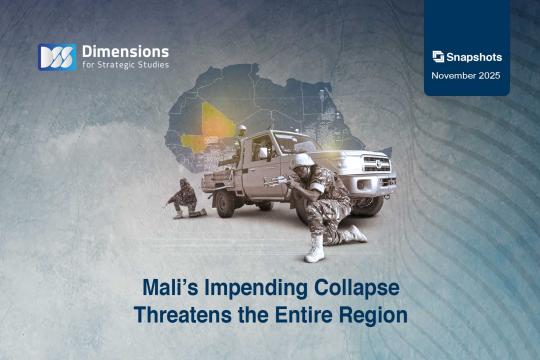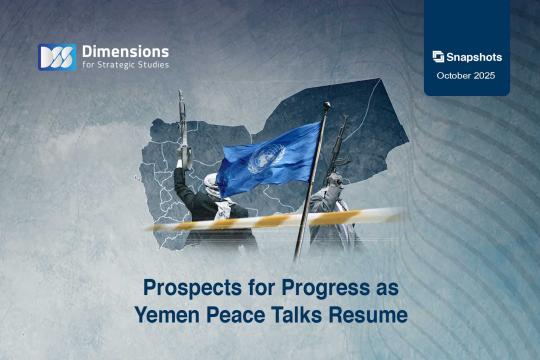
Local Protests in Iran: The Extent of Influence
2022-12-161817 view
For decades, the issue of religious and social values in Iran clashed with the issues of modernity that coloured the lives of new generations in society, and the issue of the veil/ hijaap gained a wide area of religious, political, social and cultural discussion in the country. As the hijab has become by law a political symbol that transcends its religious and jurisprudential scope; and taking it off in public places has become a form of protest and rejection of the regime's policies.
The case of the Iranian girl of Kurdish origin, "Mahsa Amini", who died on the sixteenth of September 2022, after her arrest by " The Guidance Patrol," which monitors the veil and public behaviour, opened the door to a wide wave of popular protests against these policies.
There is a real crisis that the Iranian political system suffers from concerning its ability to understand the value, social, cultural and intellectual changes in society, compared to what the situation was with the success of the revolution in Iran in 1979; because there are generations that have grown up under values, normative and behavioural priorities and preferences that are completely different from those that had prevailed.
In the eighties and nineties of the twentieth century, and even those that prevailed only 10 years ago with the wave of popular revolutions in the Arab countries, the spread of social networks and the escalation of their role in political and cultural change, the regime’s policies in blocking the websites of these networks did not prevent them from limiting their influence or effects.
The talk of conspiracies and the “Great Satan” is no longer convincing to many in light of the deteriorating economic and living conditions and the collapse of the Iranian national currency during the past years.
The decision to disband the "morality police" came against the background of the 2022 protests, raising the fears of the authorities in Iran that the decision would lead to a new series of concessions as a result of the continuation or escalation of street pressure and demands, regardless of the orientations of the protesters or those who stand behind them at home or abroad.
There were many meetings and discussions about the mechanisms that could help get out of the dilemma of reconciling the religious identity of the regime and how to deal with the social and cultural changes imposed by the recent protest movement, and its success in abolishing the compulsory veil. The regime consequently has become required to recognize the existence of a real gap between it and the popular base of the new generations within which there is a growing rejection to the regime's policies.
In recent years, Iran has witnessed many waves of protests, including the protests of Tehran University students during the Khatami era, then the protests of the Green Movement in 2009 after the re-election of Ahmadinejad, and the livelihood protests during the Rouhani era in 2017. Up to 2022 protests, all protests did not lead to the fall of The regime, not only because of the weakness of these protests and their inability to mobilize and sustain, but also because of the high capabilities of control and suppression that the system has, and a large part of these capabilities are represented in institutions that are predominantly popular in nature associated with the revolution and its factions and its protectors, which permeate all corners of Iranian society.
This is in addition to the fact that most of the protest movements that Iran has witnessed, especially since the beginning of the new millennium, lack a clear leadership that enjoys presence, influence and charisma, compared to what Khomeini’s leadership of the protest movement was in the seventies of the twentieth century; although many of the waves of protest that Iran witnessed represented in its most important aspects a struggle over Iran's political and social identity, driven by the economic challenges the country suffers from.
Within the framework of these considerations, it can be said that the protests of 2022 will not lead to the overthrow of the regime in Iran, but they will constitute a source of tension and instability, if the regime is unable to deal with them effectively, taking into account the political, economic, social and cultural changes taking place in Iranian society.





